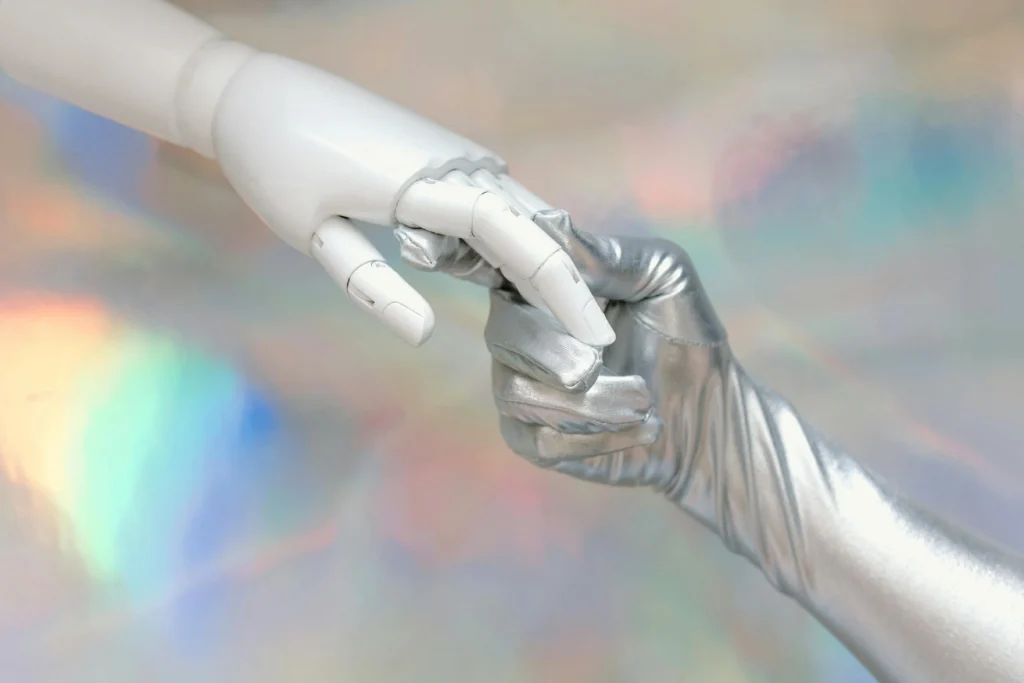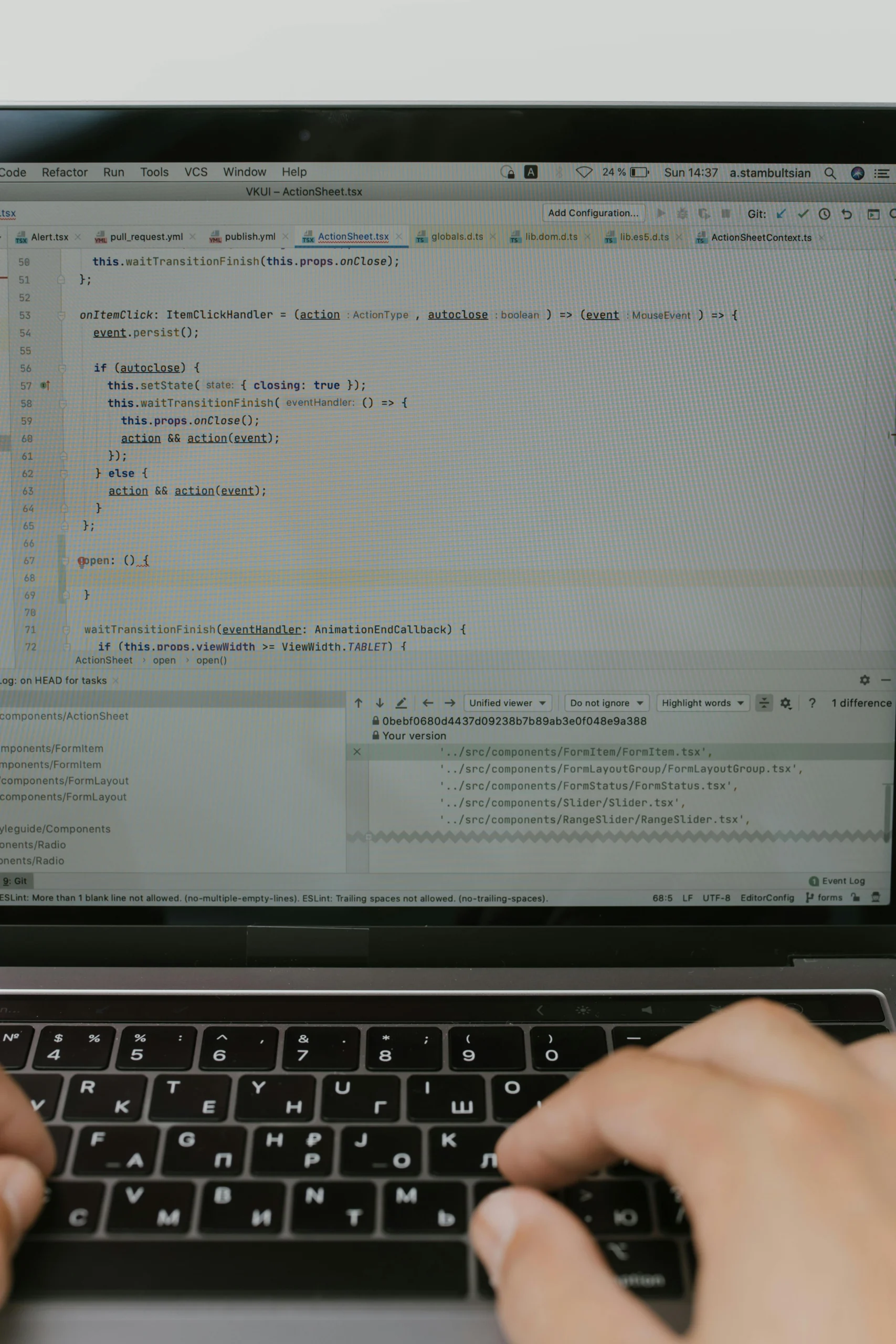MIT researchers combined simulations and machine learning to rapidly identify a high-strength aluminum alloy composition after evaluating only 40 material combinations, compared to traditional methods requiring over a million. Using laser bed powder fusion 3D printing, the alloy’s unique microstructure with a high volume fraction of small precipitates was realized, yielding strength five times greater than cast alloys and stability at temperatures up to 400°C.
The alloy’s strength and lightweight characteristics make it a promising alternative for manufacturing parts typically made from heavier, costlier materials like titanium. Applications include jet engine fan blades, high-end automobiles, cooling devices for data centers, and advanced vacuum pumps. While 3D printing enables complex geometries and efficient material usage, ensuring alloy compatibility with printing processes remains essential.
This research exemplifies the growing role of machine learning in materials design, offering a more efficient exploration of composition space and targeted property optimization. The approach reduces development times and could drive future innovations in printable metals. However, scaling production and validating long-term durability under operational conditions are important next steps for wider adoption.
👉 Pročitaj original: MIT AI News








